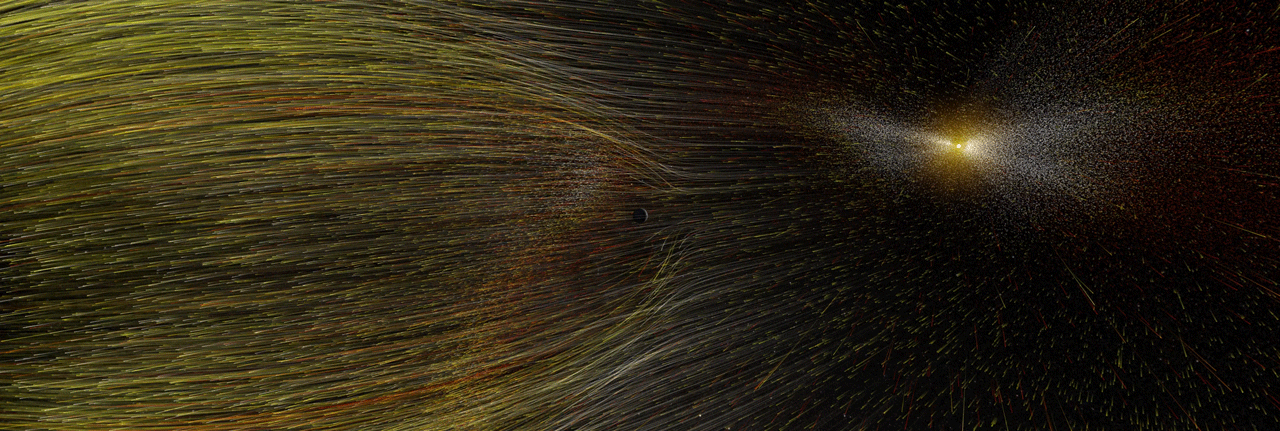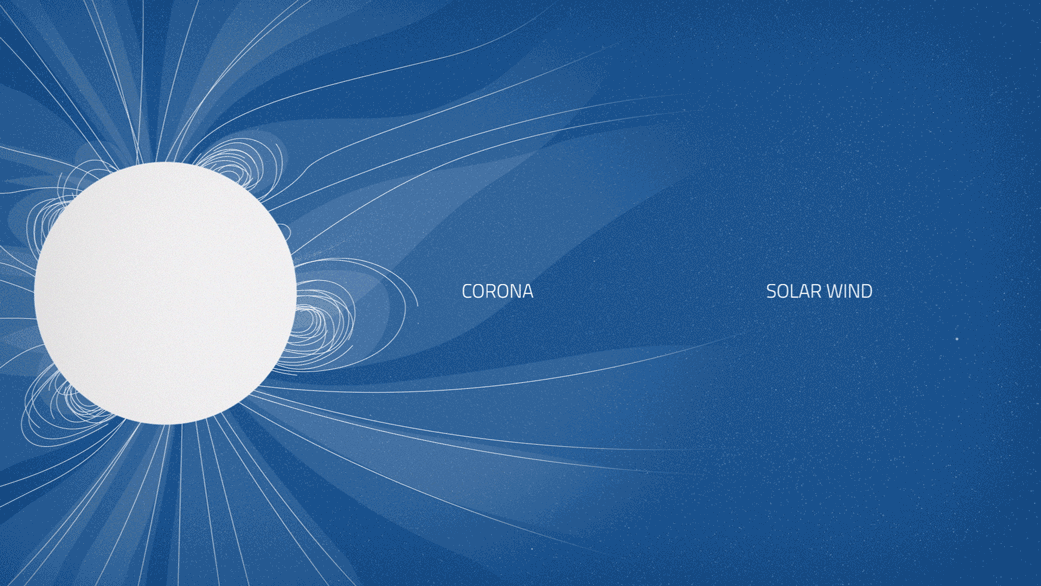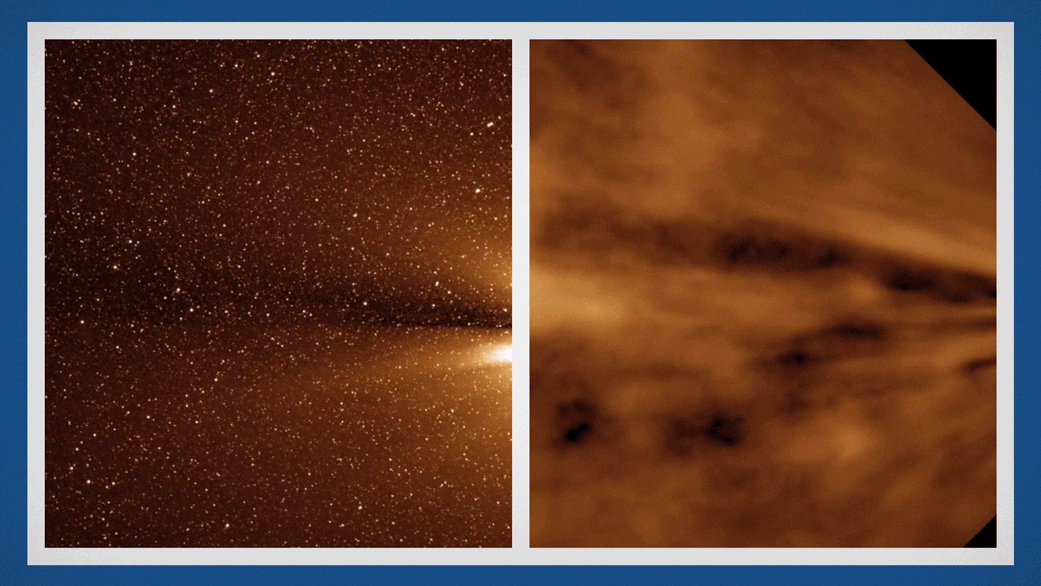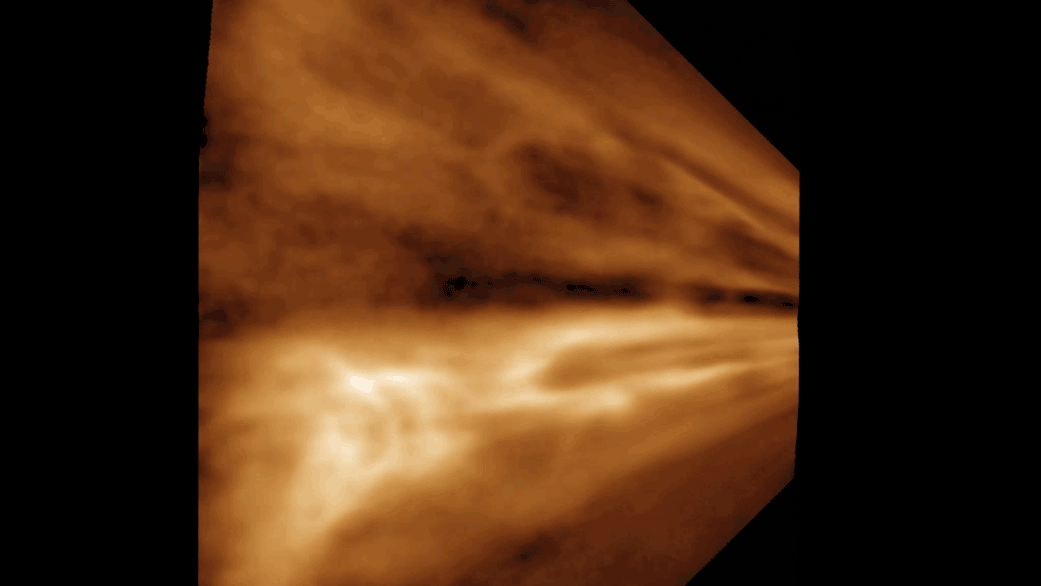SOLAR WIND
The continuous flow of charged particles from the sun that permeates the solar system.
Dr. Robert Hurt explains what a solar wind is, and how it affects us here on Earth.
CREDIT: NASA Spitzer
Eugene Parker, the S. Chandrasekhar Distinguished Service Professor Emeritus in Physics at the University of Chicago, discusses his scientific research on the sun, including his landmark discovery of the solar wind. Nearly 60 years ago, Parker first coined the term solar wind to describe the stream of electrically charged particles emitted by the sun. On May 31, 2017, NASA honored Parker by naming its first mission to the sun—the Parker Solar Probe—in his honor. (Video by UChicago Creative)
NASA named their next solar mission in honor of Eugene Parker, a solar astrophysicist who revolutionized our understanding of how the sun’s emissions affect our solar system.
Launching in 2018, Parker Solar Probe will fly through the corona, closer to the sun’s surface than any other spacecraft to date. Scientists hope this data will help them understand how heat and energy move through the corona and drive the solar wind, which can cause space weather here on Earth. Parker Solar Probe will make two dozen close approaches to the sun over its seven-year mission.

For the first time, using NASA’s Solar Terrestrial Relations Observatory, or STEREO, scientists have imaged the edge of the sun and described that transition – from which the solar wind blows.
Defining the details of this boundary helps us learn more about our solar neighborhood, which is bathed throughout by solar material – a space environment that we must understand to safely explore beyond our planet. A paper on the findings was published in The Astrophysical Journal on Sept. 1, 2016.



